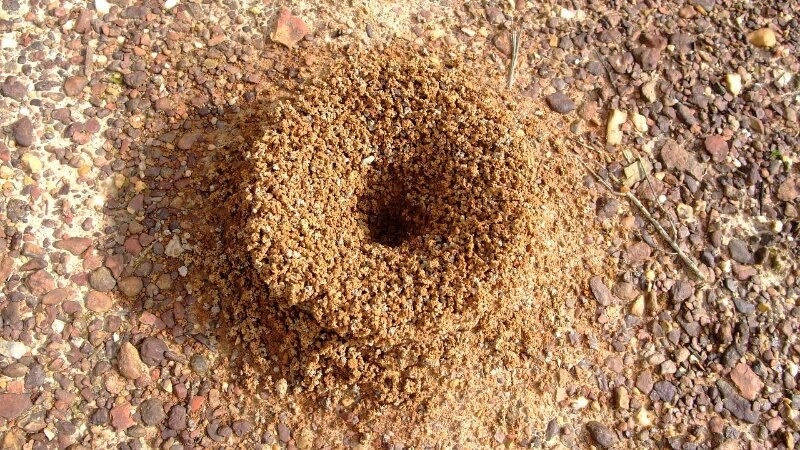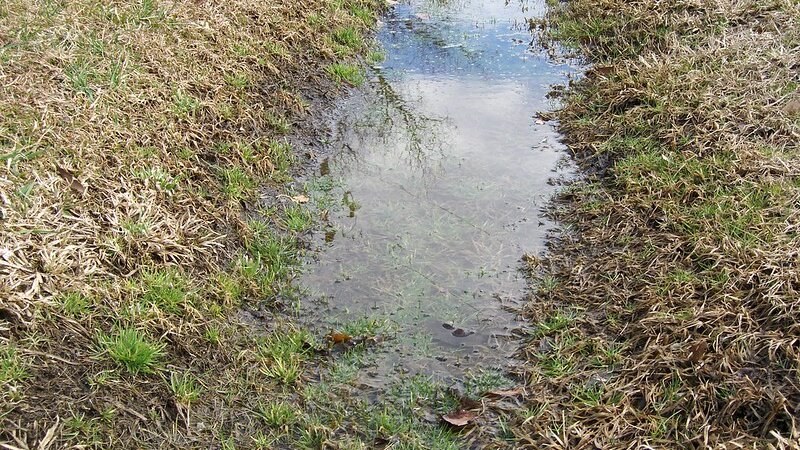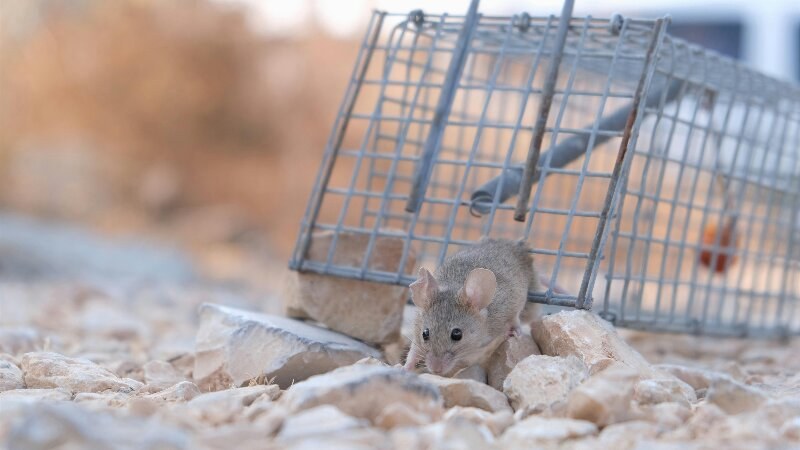Top Exterminator Talk - How We Guarantee Complete Pest Control in Your Yard
Reading time: 6 minutesNo one wants to find out they’re sharing their home or yard with a pest. Whether it’s rodents, mosquitoes, or another creepy crawler, these can make your space uncomfortable and even dangerous due to disease risk. Fortunately, Buzz Boss knows exactly what to do.
Read about how our comprehensive and proactive pest control services can help you keep your space pest-free – guaranteed!
We Use Integrated Pest Management (IPM) Strategies
Integrated Pest Management (IPM) is a highly effective, environmentally-friendly pest control approach that uses a combination of elimination and prevention techniques to get rid of unwanted pests and keep them from coming back.
These strategies include smart, proactive tactics such as:
Comprehensive Assessments to Identify Problematic Pests

Instead of just getting rid of pests you can see now, IPM allows homeowners to manage pests long-term. A critical part of this process is regular monitoring to catch signs of pest activity before things start getting out of hand. This means thoroughly checking your yard, home, and the surrounding landscape frequently to identify potential problems like:
- Pest droppings
- Pest habitats
- Property damage
- Eggs or larvae
- Pest meals
For example, an IPM exterminator might come to your home and look inside for mouse droppings, nesting materials in corners, or piles of sawdust that could belong to carpenter ants. Outside, the exterminator may check for anthills near the foundation of your home, wasp or hornet nests in your trees or signs of wood being chewed on your deck or the exterior of your house.
Elimination of Conditions Conducive to Pests

Next, we assess your property for habitats that are favourable to common pests, like:
- Standing water. Ponds, rain barrels, drainage ditches, and other low-lying areas that collect water create the perfect breeding ground for potentially harmful mosquitoes.
- Open trash bins. Trash bins that aren't secured can be opened or are overflowing to attract nuisance animals like rats and mice.
- Overgrown vegetation. Tall grass, weeds, and bushes that are growing wild are great habitats for rodents, raccoons, ticks, and mosquitoes.
- Yard clutter. Compost bins, stacks of firewood, and piles of leaves can attract spiders, termites, and other unwanted pests.
Then, our team takes steps to eliminate these habitats to make it more difficult for pests to breed and to encourage them to leave the area in search of the resources they need. This is often paired with eradication techniques for both short and long-term results.
Prevention and Exclusion Measures
Exclusion is one of the cornerstones of Integrated Pest Management because it's safer and easier to keep pests from getting in than it is to get rid of them after an infestation.
Our team assesses your property for pest entry points like cracks, small holes, and other openings that rodents and insects can fit through and then takes steps to seal them so pests cannot get in.
Removing leaf piles, moving firewood away from walls, and putting garbage bins far away from your home are also good prevention methods that make your space less enticing for pests. Without access to food and shelter, pests of all species are less likely to set up camp. Exclusion is also cost-effective and an excellent long-term solution, especially when used with other IPM strategies.
When Pest Elimination Is Needed
Sometimes, pests have already taken up residence, and no amount of prevention will solve the problem. In this case, a qualified exterminator may need to take action to eliminate the pests you already have. Here are a few ways we can do that:
Trapping

Some pests, like mice and rats, are better off trapped than eradicated because of the disease risk they pose. This is most often the case when it's not practical to use rat poison or rodenticide, such as in houses where there are pets or children. Several different types of rodent traps can be used, including:
- Snap traps. Snap traps feature a metal bar that quickly snaps closed and kills a rodent the moment it comes into contact with the trap's trigger plate.
- Glue traps. These traps only use sticky glue to keep a rodent in place, allowing it to continue to spread bacteria on your floors or countertops.
- Humane traps. Live or humane traps are designed to trap rodents in such a way that they are not harmed and can be released, but this presents the same health concerns as glue traps.
- Electrical traps. Like snap traps, these are designed to kill on contact but do so by delivering a powerful shock to immediately dispatch the rodent.
Using Biological Controls
Biological controls are methods of reducing a target pest population by introducing that pest’s natural predator into the habitat. This can effectively eliminate specific pests without harming the surrounding habitat.
Nematodes are a particularly helpful biological control when eradicating or preventing ants, slugs, and vine weevils. These are thin, microscopic worms that reside in the water film that surrounds soil molecules and play an important role in soil quality. They also help to regulate other organisms in the soil and process nutrients, so they can be better absorbed by plants. This makes it more difficult for pests and diseases to become established.
Just be careful not to use nematodes around marigolds—the roots of these brilliant yellow and orange flowers produce a substance that is toxic to nematodes. That said, marigolds can be used as a biological control to help reduce nematode overpopulation.
Safe Pesticide Treatments

In severe cases of pest infestation, we may decide to use pesticide treatments that will quickly and effectively eradicate the problem. We have a wide variety of natural and synthetic pesticides that can be used, and your pest control professional will select the best one for your circumstances.
We typically only use pesticides as a last resort when other methods have failed, or the situation is serious enough to warrant it. When we do, our team takes special care with the application to avoid groundwater supplies and non-target species.
How We Keep Your Family Safe When Treating Your Home
Our residential pest control experts take several steps to ensure the safety of you and your family when we treat your home, including:
- Making sure your dishes, utensils, and cookware are removed from the area to be treated.
- Using pet and child-safe treatment options.
- Selecting the proper solution for treatment to ensure efficacy on the target species without causing harm to nearby plants or animals.
- Applying treatments to low-traffic areas most frequented by pests.
- Providing instructions about what you should do after the treatment.
Need Reliable Pest Control?
If you need comprehensive pest control services, Buzz Boss can help. Our exterminators can assess your property, choose the best pest elimination strategies, and execute them safely so you never have to worry about your time outside being interrupted by annoying or potentially harmful pests.
Contact us today to learn more. We serve Edmonton, Red Deer, Calgary, Okanagan, Saskatoon, Regina, and Winnipeg.

